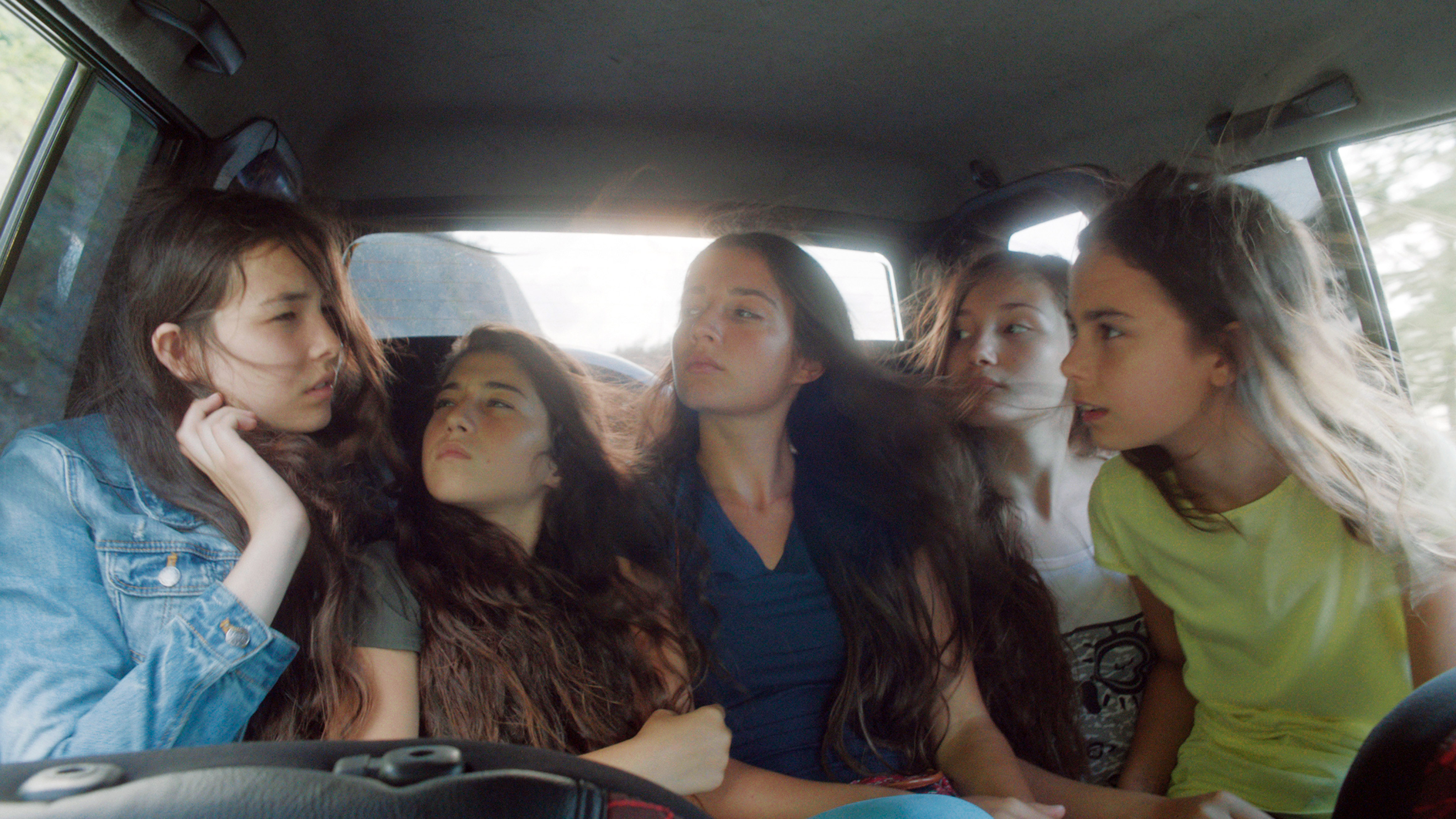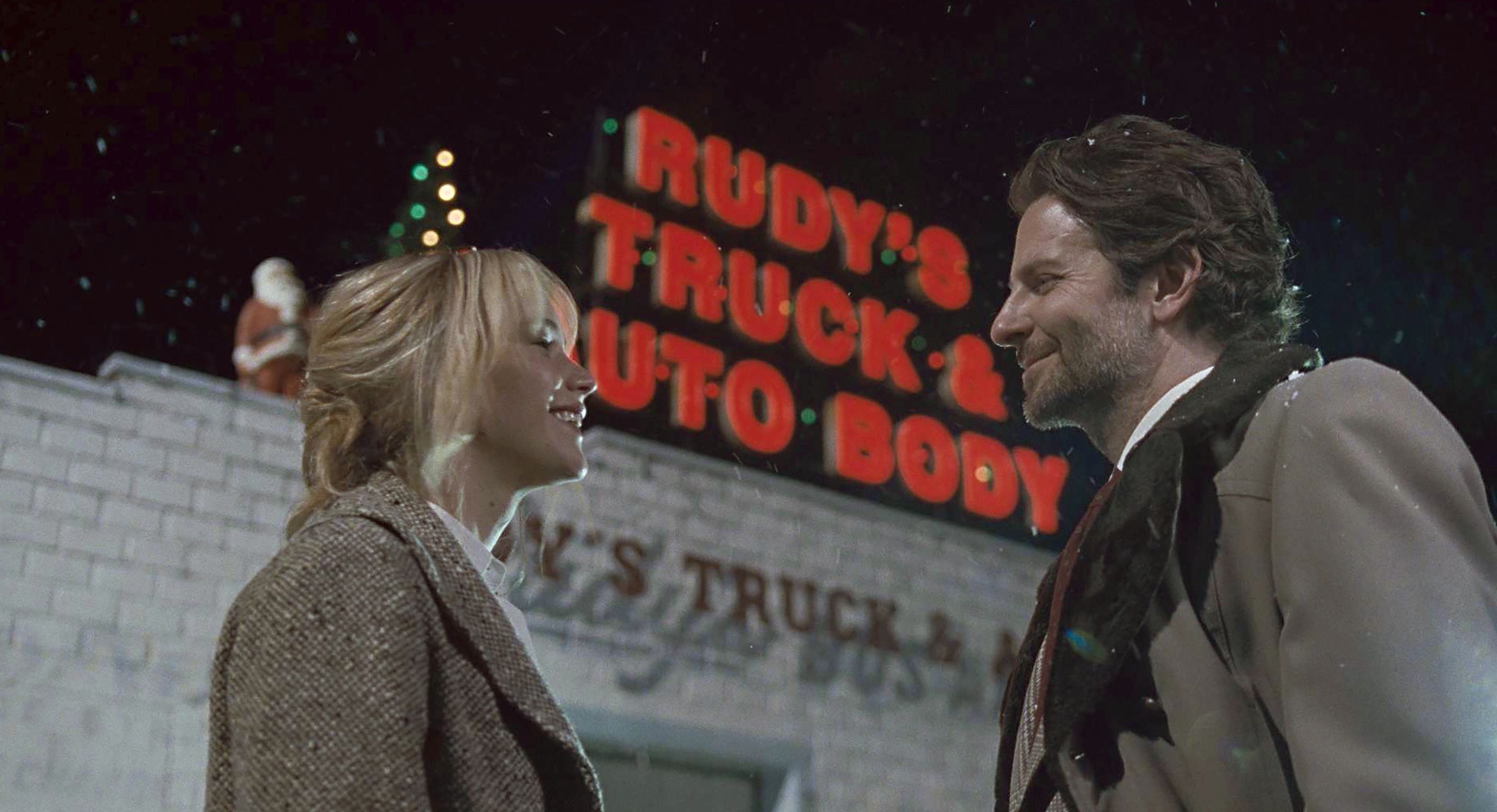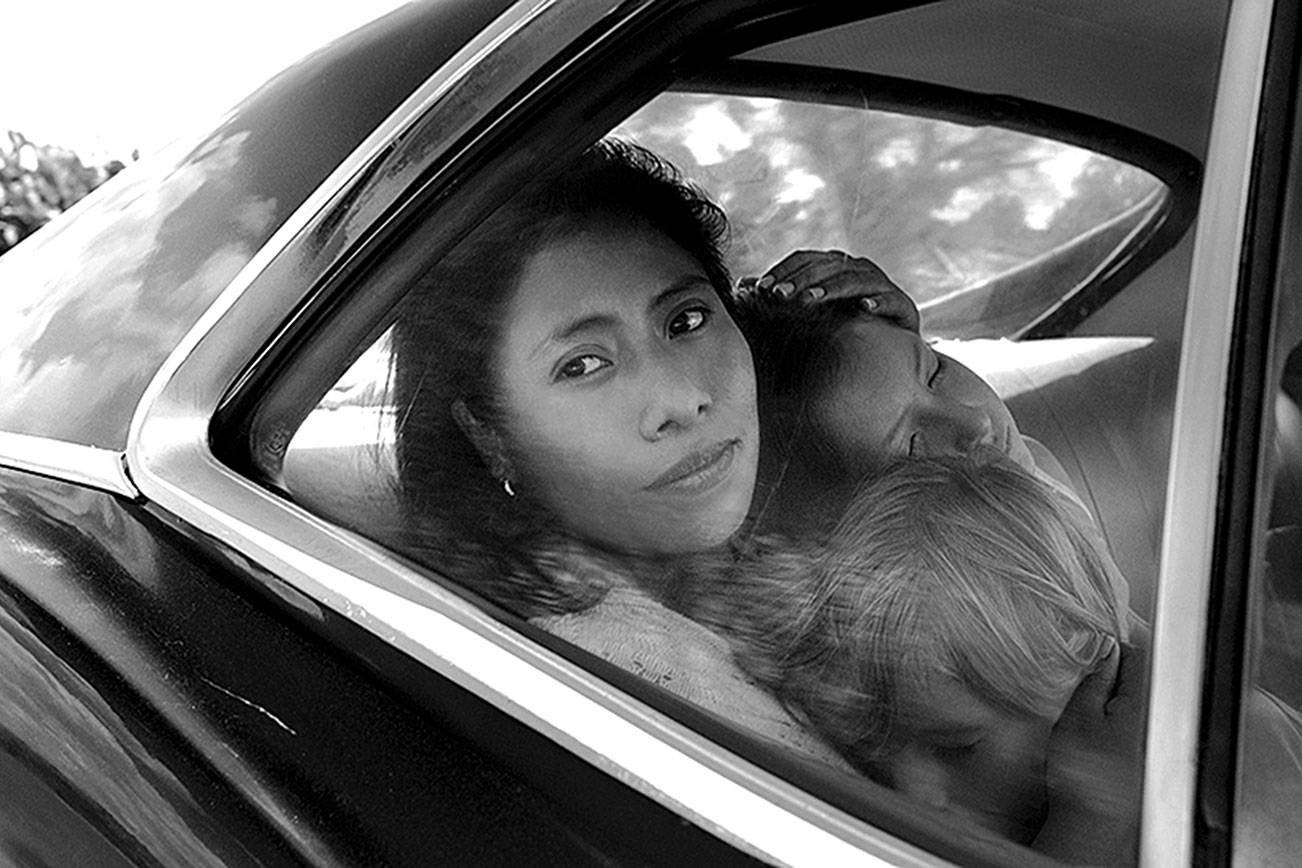BIBLE EPICS of the ’50s often took three hours to unfold, but at least you got to watch the parting of a sea or a chariot race—plus intermissions. After his success with 1994’s The Shawshank Redemption, director Frank Darabont now adapts Stephen King’s The Green Mile, unwisely stretching a simple and potentially effective Christian parable to unwieldy marathon length. Back in the penitentiary (this time in 1935 Louisiana), Darabont turns from escaping prisoners to the moral dilemmas of the guards, led by dully compassionate Paul Edgecomb (Tom Hanks). He and his benevolent crew run E Block, a.k.a. “the green mile,” where death row convicts await execution. Among them are King’s stereotypes: a dignified, repentant Indian; an exuberant hillbilly psycho (Sam Rockwell); a friendly Cajun with a cute trained mouse (which, be warned, occupies an elephant’s worth of screen time); plus one remarkable “imbecile,” or so the guards initially believe. Michael Clarke Duncan plays John Coffey, a gentle giant who looks like a Michelangelo sculpture yet was convicted for allegedly raping and killing two small girls.
THE GREEN MILE
directed by Frank Darabont
starring Tom Hanks
opens December 10 at Pacific Place, Metro, Oak Tree
“You gonna be nice?” Edgecomb warily asks Coffey. They shake hands while the other guards tremble; Coffey could break them like twigs. Yet Edgecomb is so immediately decent and trusting—an incongruous ’90s hero in the Depression-era South—that his quick rapport with Coffey means neither character will change or gain depth. Instead what we have is a mystery of sorts, or several, stacked like teetering pancakes by King, the prolific short-order cook. He keeps piling on the vignettes and anecdotes—which Darabont dutifully, exhaustively films. Is Coffey guilty? Was Edgecomb’s minor illness magically healed by Coffey’s touch? Will Percy the evil prison guard (Doug Hutchison) kill the adorable little mouse? Will the cancer-stricken wife of the kindly warden (James Cromwell) somehow figure into the plot? And finally, will Edgecomb send noble Coffey to his death in “Old Sparky,” the electric chair?
IT’S MELODRAMA, yet despite its shallow characterization and utter predictability, The Green Mile touches upon legitimate religious themes. Edgecomb and his crew are like the reluctant centurions at the foot of a certain cross almost 2,000 years ago. Coffey’s initials give you an idea of King and Darabont’s literal-minded symbolism, as the inarticulate convict speaks of wanting “just to help.” Who is he? Where did he come from? It’s “like he dropped out of the sky,” says one observer.
“You’re a good man,” a doomed convict reassures Edgecomb, who says of his own strained beliefs, “I’m not sure of what I’m sure of.” As he and his colleagues become more convinced of Coffey’s gifts (he has more than one), they question their role in the state killing apparatus. (A botched execution—caused by the sadistic Percy—is gruesomely rendered to suit the anti-capital punishment sensibility of today’s Hollywood, conveniently grafted onto this story of the past.) Coffey stands in the long literary tradition of the holy fool, whom the agonized Edgecomb must crucify.
Darabont treats King’s material lavishly, with handsome burnish and golden light (underscored by ’30s radio standards), and nowhere more seriously than in the Big Scene where Edgecomb begs Coffey for guidance. “What do you want me to do?” he beseeches, down on his knees. Yet Darabont and King ultimately can’t resolve Edgecomb’s spiritual conflict between Caesar and Christ. Instead we hear the usual Hollywood bromides: “You can’t hide what’s in your heart,” Coffey sermonizes, which hardly explains the good or the evil in our earthly prison. The Green Mile is a Christmas movie delivering unconvincing uplift and miracles, no match for the forthcoming The End of the Affair or concurrent Rosetta—which ultimately teach us a whole lot more about fallibility, redemption, and forgiveness.








